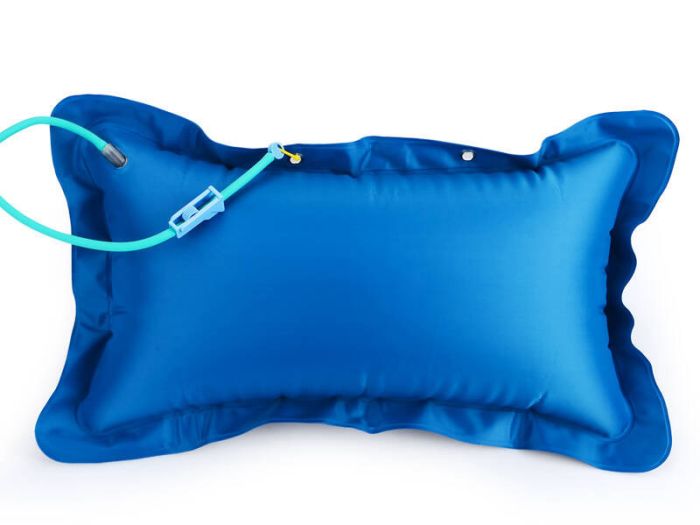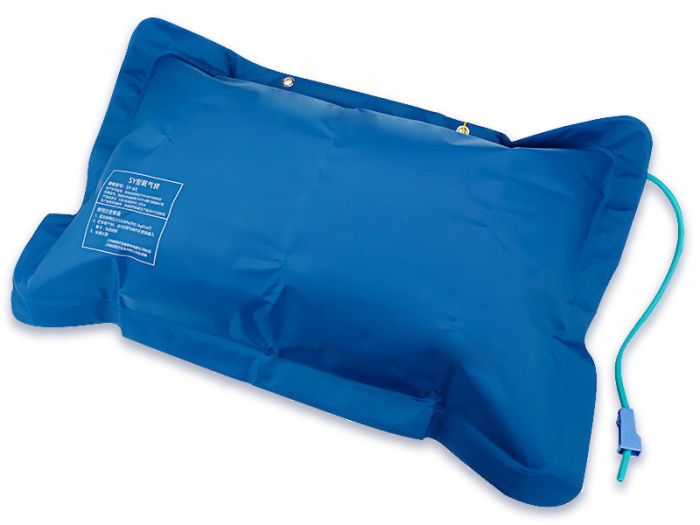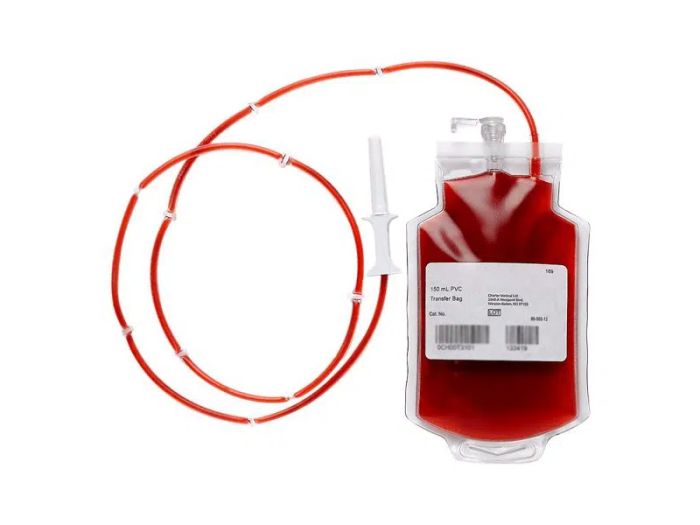Quality control and inspection in the production of drainage bags
Quality Control Measures
1. Raw Material Control
The quality of raw materials forms the foundation of drainage bag quality. Manufacturers must strictly screen purchased materials such as PVC and silicone to ensure compliance with medical-grade standards, including non-toxicity, safety, and absence of allergic reactions. Additionally, an incoming material inspection system should be established to conduct sampling tests on each batch of raw materials, guaranteeing stable material quality.
2. Production Environment Control
The production environment directly impacts product quality. Enterprises should establish sterile or clean production zones, strictly control environmental factors such as temperature, humidity, and airborne particles, and ensure compliance with medical device manufacturing requirements. Furthermore, regular cleaning and disinfection of production equipment and tools must be performed to prevent cross-contamination.
3. Process Control
During production, enterprises should implement detailed process workflows and operating specifications, strictly controlling each stage. Critical processes—such as injection molding, assembly, welding, and packaging—must adhere to predefined parameters to ensure product consistency and stability.
4. Personnel Training and Management
Production personnel are pivotal to quality control. Enterprises should provide regular training to enhance employees’ quality awareness and operational skills. Strict accountability systems should also be enforced to ensure all workers adhere to quality standards during production.
Testing Methods
1. Visual Inspection
Conduct visual inspections of drainage bags to verify surface smoothness, color uniformity, absence of scratches or bubbles, and clarity/accuracy of labels and calibration marks.
2. Dimensional Measurement
Use precision measurement tools to verify critical dimensions (e.g., length, diameter, capacity) and ensure compliance with design specifications. Dimensional deviations must remain within allowable tolerances to guarantee product functionality.
3. Sealing Integrity Tests
Sealing integrity is critical to preventing leaks and contamination. Enterprises must perform specialized tests, such as negative/positive pressure tests, to ensure no leakage occurs during normal usage.
4. Biocompatibility Evaluation
As a medical device in direct contact with the human body, drainage bags require biocompatibility evaluations. Tests include cytotoxicity, sensitization, and irritation assessments to confirm product safety.
5. Sterility Testing
For sterile-packaged drainage bags, sterility testing is mandatory. Methods such as culture-based techniques or chemical indicators must confirm the absence of microbial contamination within packaging.
Data Analysis and Optimization
Enterprises should establish comprehensive data collection and analysis systems during quality control. Real-time monitoring and recording of production data (e.g., raw material inspections, process parameters, test results) enable statistical analysis to identify and resolve potential quality issues. Furthermore, continuous optimization of quality control workflows and production processes based on data insights can enhance product yield and operational efficiency.
Conclusion
Quality control and testing are central to drainage bag manufacturing. By implementing rigorous control measures and scientific testing methods, manufacturers ensure product safety and efficacy, ultimately delivering high-quality medical solutions to patients.



